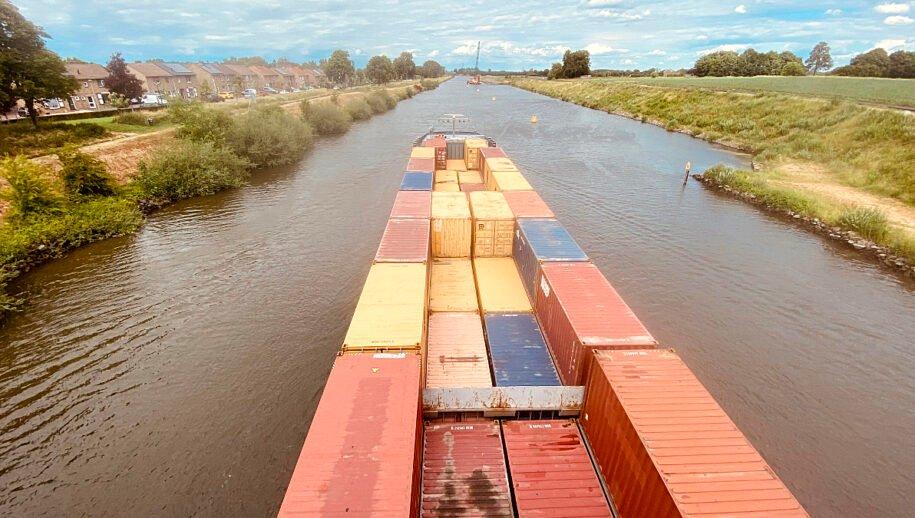Photo: SGN
During the Connecting Europe Days in Lyon, it was announced that the European Union (EU) is once again making a million-dollar grant available for the further development of six Inland Ports. The inland ports in Venlo, Roermond, Leudal (Zevenellen) Stein (Chemelot Haven), Maastricht and Tilburg (node partner on the freight corridor) can count on 7 million euros from Europe for research and up to 120 million euros in subsidies for expansion.
The companies at the six inland ports are investing a total of 14 million euros in research on the further development of the ports. Of this, 50% will be reimbursed by the EU subsidy. The studies must lead to an application for implementation within three years, of which 20% to 50% will also be reimbursed by the EU. In total, the business community plans to invest 240 million euros in the 6 inland ports.
For the fourth time, the Province of Limburg has applied for the Connecting Europe Facility (CEF) subsidy as the coordinator from the national corridor approach. By joining forces between governments and companies, and together applying for a subsidy in Brussels, big steps can be made within the top corridors. Commissioner Satijn (Economy, Business and Education) called the granting of CEF funds a huge step forward for Limburg's inland ports and a precondition for the circular economy: "The fact that the EU is granting a subsidy for the fourth time shows the importance of Limburg's inland ports within the trans-European transport network. The investment of the Limburg business community in the ports combined with the European subsidy is a huge boost for the circular economy and the Modal Shift from road to water." Inland ports can function as circular transport hubs, as storage locations for circular purposes and as locations for the accommodation of circular industry.
Doelen CEF middelen
The allocated CEF funds will be used for implementation-oriented research on the construction and further development of inland ports. In the application, special attention has been asked for the expansion of all ports on the corridor and the Albert Canal to be based on sustainable construction. Research is also being done into transporting residual flows (such as waste) by water, which will potentially save hundreds of thousands of trucks from having to cross the A2 motorway;
Ontwikkelmaatschappij Midden-Limburg is developing a sustainable multifunctional and water-bound business park in the municipality of Leudal. The park should provide space for companies with activities such as storage, circular and biobased business. This application also includes the multimodal connection from the port of Stein to Chemelot.
Hoogwaterbescherming
In the Willem Alexander harbor in Roermond, companies, the Limburg water board, Roermond municipality and the Limburg Province are going to combine the primary flood protection barriers with logistic quays for the first time. As a result, entrepreneurs in this circular Port of Northern Europe will also keep their feet dry. In the Port of Venlo, as part of the flood protection plan, the marina will be relocated, allowing the north and south banks to be developed for businesses in circular economy.
Rhombus
From the corridor cooperation, the Provinces of Limburg, Gelderland, Brabant and South Holland, the Port of Rotterdam, the Ministry of Infrastructure and Water and the Top Sector Logistics are working together under the Rhombus umbrella on A cross-border connection of the main ports of Rotterdam, Duisburg, Liege and Antwerp via the hinterland. On this corridor, sixteen inland ports on the Maas (NL) and the Albert Canal (BE) work together under the name Blueports on vision, policy, digitization, promotion, sustainability and joint deployment of European funds. This cross-border cooperation is essential for CEF subsidies. It allows for optimal use of the infrastructure within this diamond and reduces the pressure on the main European (hinterland) road connections.
Source: Province of Limburg
